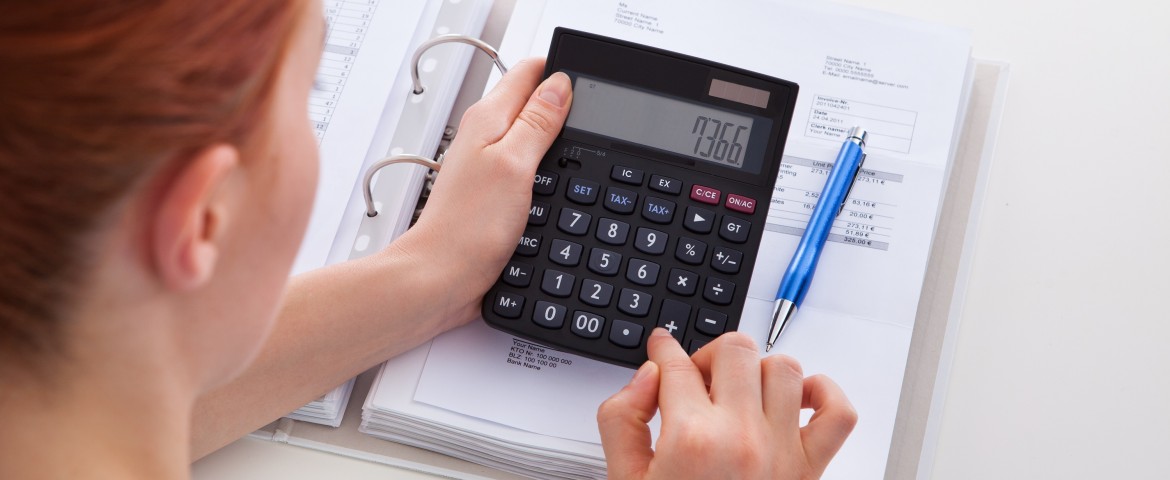Having a health savings account is like having a personal savings account, specifically for health care expenses, that you own and control.
And any money that you choose to contribute to the account is done before taxes, and is tax-free.
And any money that you choose to contribute to the account is done before taxes, and is tax-free. This means that you could see significant savings by paying for your expenses using the savings account, instead of paying straight out of your pocket.
In addition, if you haven’t spent all of your money in your HSA at the end of the year, it rolls over and can be used the following year. Plus, after you turn 65, you can use the money in your HSA account for non-medical expenses without incurring a tax penalty.
Sounds like a good deal right? Now it’s time to make the most of your HSA.
- Set up your account
First, you need to select a bank to hold your account. If you have health coverage through an employer, they will likely already have designated a bank for you to use.
For a little guidance on selecting the right bank, Priority Health offers a list of “preferred” banks. Once you have made your selection, contact each bank for details about your HSA contribution and investment options.
- Decide how much you want to contribute
Next, you will need to decide how much you want to contribute to your account and your contribution schedule. You can pay in one lump sum or you can contribute monthly, based on what works best for you financially. Keep in mind your contributions are tax-free, meaning your deposit amount reduces your taxable salary. This could be substantial tax savings depending on your income.
Check with your insurance plan to see if they have an HSA calculator to help you determine your expenses and optimal contribution for the year.
Plus, your employer might match or contribute to your HSA account in certain circumstances. Free money- who wouldn’t want to take advantage of that?
- Determine what expenses qualify
There are qualified expenses that can be paid from an HSA that are dictated by government regulations. Do your research to make sure your costs fall within the qualified expenses to avoid any penalty fees. Qualified expenses include: copays for medical expenses and drugs, doctor and hospital visits, including surgeries, prescription drugs, x-rays and lab tests, dental and orthodontia expenses, vision expenses and wheelchairs just to name a few.
- Track your health care payments from your HSA account
Once you have signed up for an account, you can use it just like any savings account. You can request blank checks or a debit card. The debit card can be used for online payments.
 It’s easy to use and, as with your personal banking accounts, it is advisable to track your charges. You should always keep all of your health care service receipts and payment notifications for your reference. Plus, you will have all of your HSA information handy and in one place just in case you are ever audited by the IRS.
It’s easy to use and, as with your personal banking accounts, it is advisable to track your charges. You should always keep all of your health care service receipts and payment notifications for your reference. Plus, you will have all of your HSA information handy and in one place just in case you are ever audited by the IRS.
- Put your HSA to work and optimize your health care dollars
It pays to shop around to make sure you are getting the best price for your health care services. Tools such as Healthcare Bluebook can help you determine the ‘fair price’ for a common health care procedure in your geographic area. The cost of health care can vary by hundreds or even thousands of dollars depending on where you receive care. And higher cost doesn’t mean better care. Do your research to find the best price for you and your health and take control of how you spend your health care dollars.
